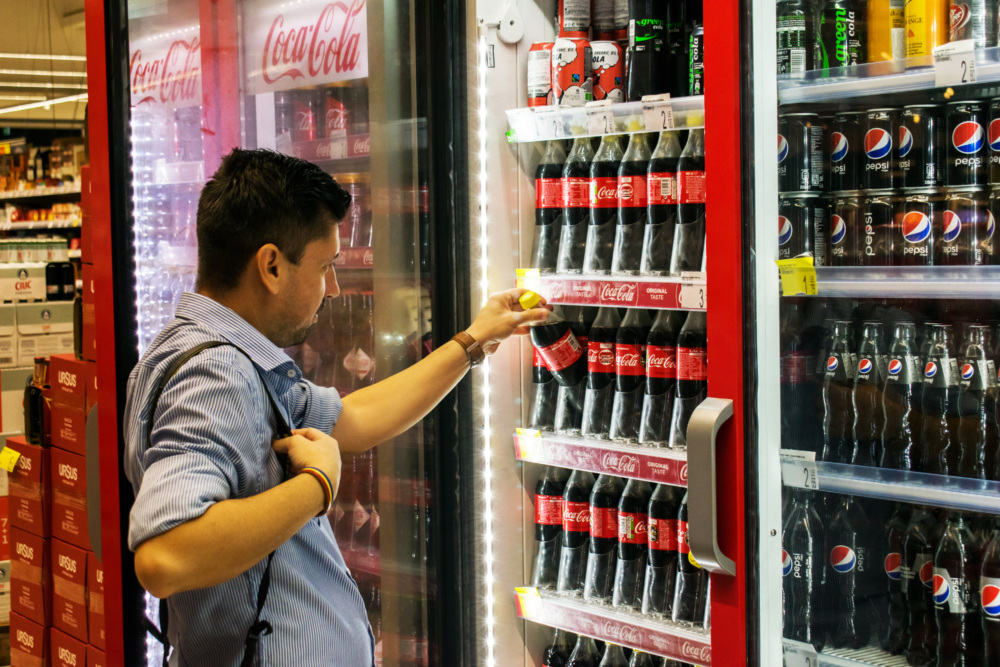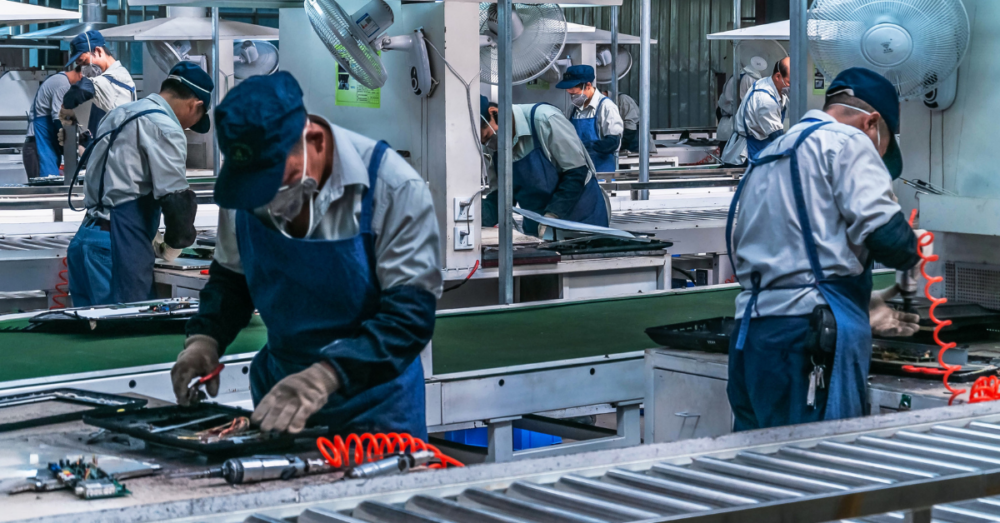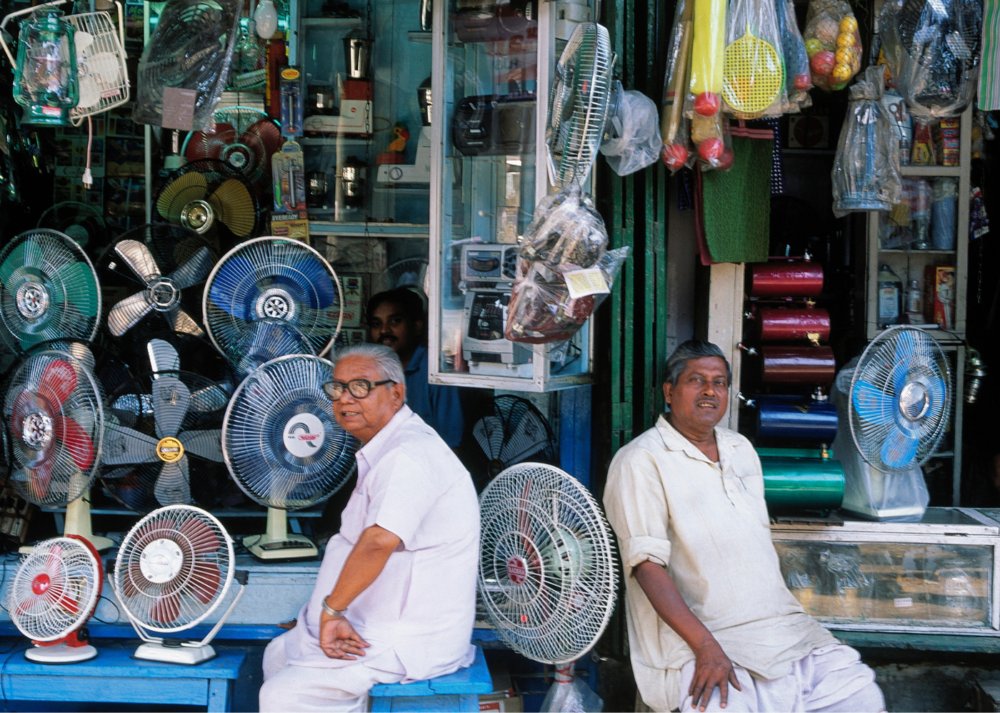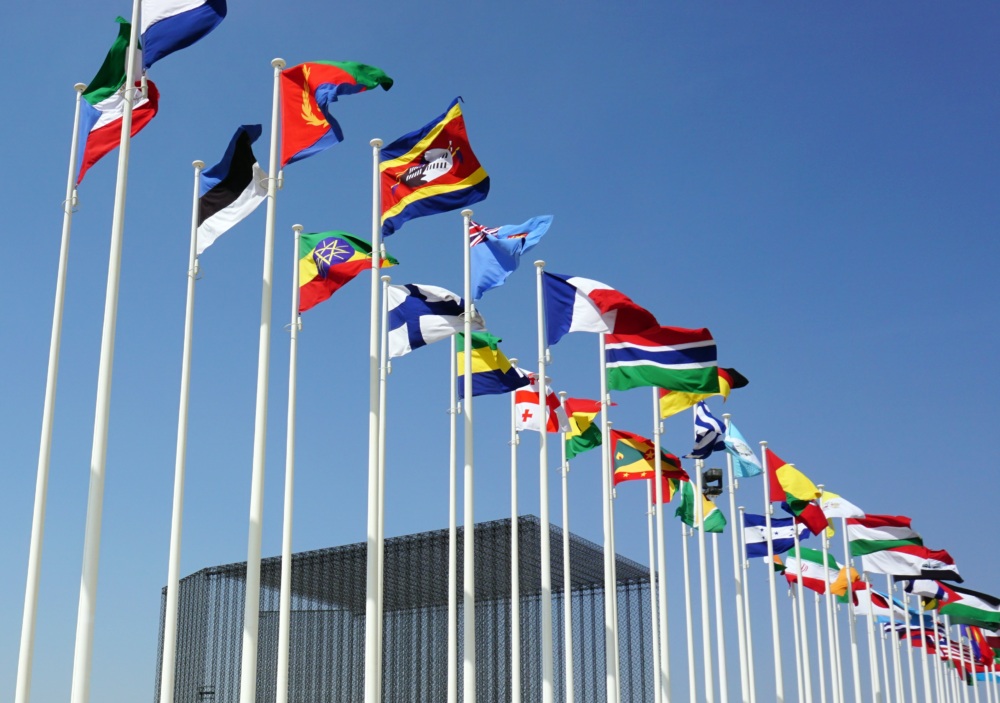A Tale of Scale and Stature: How India’s Labeling Program is Helping Combat Climate Change
Energy efficiency policies were highlighted yet again at COP27 as an opportunity for countries to reach net zero targets. As Indian energy consumption patterns change, CLASP is providing the Bureau of Energy Efficiency (BEE) with technical assistance to help achieve its goal on appliance efficiency policies.
Energy efficiency policies were highlighted yet again at COP27 as an opportunity for countries to reach net zero targets. As Indian energy consumption patterns change, CLASP is providing the Bureau of Energy Efficiency (BEE) with technical assistance to help achieve its goal on appliance efficiency policies.
India – A Case Study on Energy Efficiency
India has ambitious appliance efficiency policies to achieve its own climate objectives. The S&L program was launched in 2006 under the Energy Conservation Act, 2001 to reduce energy intensity and electricity bills for people across the economy.
BEE’s S&L program delivered the single largest emissions reductions within its portfolio of programs in 2018-2019, accounting for approximately 30% of the total reductions, and energy cost savings of USD 5.3 billion (total savings were USD 15.7 billion1). Noticing these significant outcomes, the S&L program has been considered integral to achieving India’s climate ambitions.
Appliance policies are initially launched on a voluntary basis and are transitioned to a mandatory phase once the market matures.
CLASP has been providing BEE with technical assistance, and in the last two years has provided BEE with the technical information and analyses of approximately 11 different appliances for efficiency improvement. Once implemented, efficiency policies of these 11 products are collectively expected to deliver approximately 78 Mt CO₂ in savings by 2030.
These appliances can be broadly categorized into two types, as outlined below:
1. Household Appliances
With rising incomes and urbanization, the demand for household appliances is growing rapidly. The S&L program now covers common high-energy intensive appliances like washing machines, storage water heaters, transformers, and televisions.
2. Cooling and Refrigeration Appliances
The India Cooling Action Plan (ICAP) was launched with the aim of increasing access to sustainable cooling across the residential, commercial and agriculture sectors. As the demand for cooling is expected to grow multifold in the coming decades, BEE has prioritized the efficiency policy development for critical cooling appliances, such as ceiling fans, light commercial air conditioners (LCACs), deep freezers, chillers, and refrigerators (frost-free and direct cool) as highlighted in ICAP.
CLASP has conducted extensive market and technical assessments, analysis of international best practices, lab capacity assessments and benchmarks, and impact assessments for these appliances. Our analysis suggests that once adopted and implemented, these cooling appliance efficiency policies alone are expected to save approximately 73 TWh of energy and GHG emissions equivalent to 59 million tonnes 2.
Securing the Gains of Efficiency Policies
An enabling ecosystem that enhances policy effectiveness is also required to secure the benefits of energy efficiency. India’s S&L program has transformed the national appliance market.
In India and elsewhere, CLASP is collaborating with a wide range of partners advancing technical information and analyses that support a well-established compliance framework, designing new model sampling plans that could reduce compliance costs amongst others.
Online appliance sales are also rapidly increasing in India and are expected to grow by 24.5% each year on average by 2025 3.
Ensuring that appliances sold online meet labeling requirements will enable customers to identify and purchase high-efficiency appliances that reduce energy use costs and help reduce emissions. Providing technical information that can help improve visibility of energy performance labels on online market platforms will be a key part of CLASP’s activities in India.
Using Lessons from India to Guide Global Efficiency Work
Strong efficiency policies require concerted efforts by a wide range of stakeholders, and in India, state-led initiatives could significantly enhance the reach and effectiveness of its S&L program to achieve its climate goals. The Government of India is developing state climate action plans and state energy efficiency action plans to supplement action led by the central government.
India has a strong regulatory and institutional framework in place, and its multi-dimensional approach to policymaking could serve as model for many other countries seeking to tap the quick-fire, ample and immediately available opportunities for energy cost savings, energy use and emissions reductions.
0. [1] https://beeindia.gov.in/sites/default/files/BEE_Final%20Report_Website%20version.pdf
2. [3] https://www.frost.com/frost-perspectives/rising-trend-of-online-retailing-in-consumer-electronics-appliances-segment-in-india/









